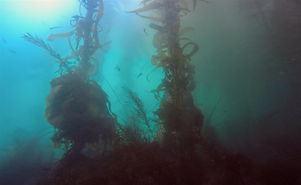 As above, so below. Giant kelp and Sargassum dance to the same tune in Baja California As above, so below. Giant kelp and Sargassum dance to the same tune in Baja California May 31st 2018 Ensenada, Mexico The west coast’s pervasive “May Grey” doesn’t stop at the US-Mexico border, and neither do the kelp forests that are the object of many marine biologists’’ research interests. Ecosystems care not for national boundaries, instead they follow patterns of biogeography; in other words, boundaries marked by changes in the physical environment such as elevation, temperature, latitude, isolation etc. This is why, for my own thesis, I have been working at a field site on the south side of Punta Banda in Ensenada, Baja California. This prolific point of rocky coastline marks the southern end of the “Southern California Bight”, which extends up to Point Conception, just north of Santa Barbara. Sea surface temperatures tend to be warmer, wave action tends to be less severe, and we get a host of unique organisms, such as the garibaldi, California’s state marine fish, outside of the Bight. The one thing that remains consistent is the ecosystem engineer itself: the giant kelp. While there has been some interest in partnering across the US-Mexico border, a new initiative started by new faculty at the Universidad Autónoma de Baja California (UABC) seeks to affirm solid collaborations between researchers north and south of the border. MexCal, “Monitoring Ecosystems Across the Californias” is an ambitious project to say the least, but in the last six years they have already made a name for themselves. In partnership with researchers from Stanford’s Hopkins Marine Station, UC Santa Cruz, San Diego State University, Reef Check and Comunidad y Biodiversidad (COBI), they have conducted thousands of dives across nearly 20 sites across the Californias (yes, Baja California, Baja California Sur and California, USA). MexCal has been instrumental in helping me dive in Ensenada, and in return I am always more than happy to help out with their sampling effort. On this last trip to Ensenada, San Diego State University master’s student, Patrick Saldaña, and I accompanied Dr. Rodrigo Beas from UABC, along with researchers from COBI to Isla Todos Santos, off the coast of Ensenada. Dr. Beas and has partnered with COBI to train sea urchin divers to conduct SCUBA surveys to help with the collection of scientific data. Todos Santos is the perfect place to conduct these training dives; the island is home to two very nasty invasive marine algae (Undaria pinnatifida (aka wakame) and Sargassum honeri (aka devil weed)) as well as sporting one of the densest kelp forests I’ve ever seen. While the folks from COBI were training the buzos (divers), Patick, Rodrigo and I conducted transects in Todos Santos’s kelp forest. It was a real treat getting to spend time working and diving with the urchin divers as well as exploring Todos Santos’s bizarre yet beautiful invasive algal beds adjacent to the native giant kelp forests.
Stay tuned for more updates. The field season is in full swing. Dive dive dive! -Baron von Urchin
0 Comments
Leave a Reply. |
AuthorPike Spector is currently a Research Operations Specialist with Channel Islands National Marine Sanctuary Archives
August 2022
Categories |
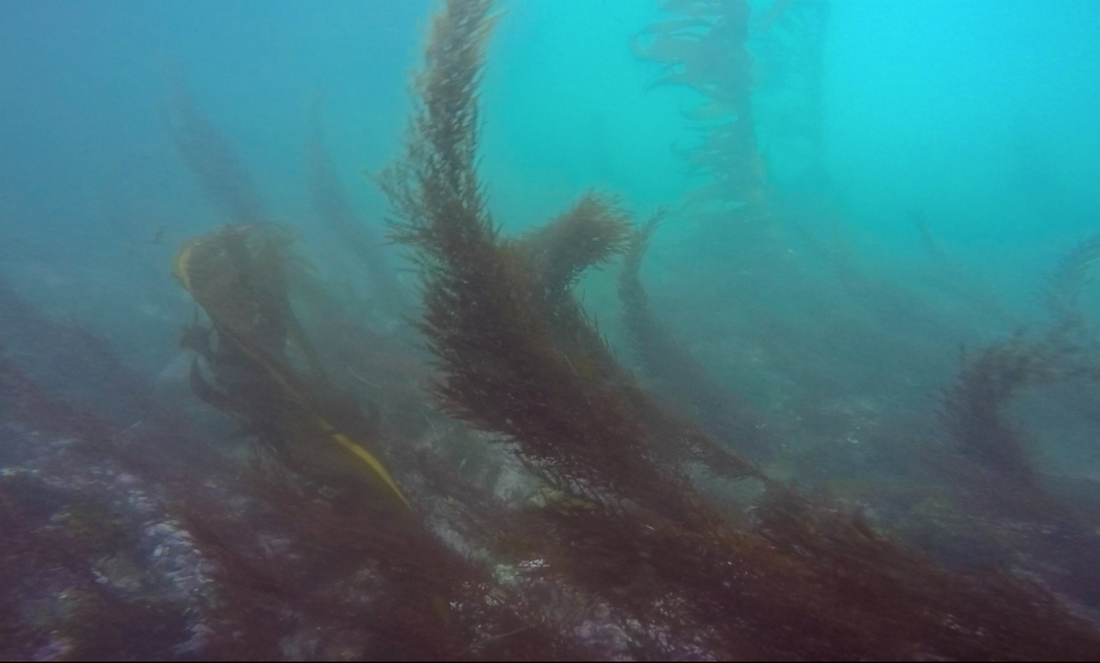
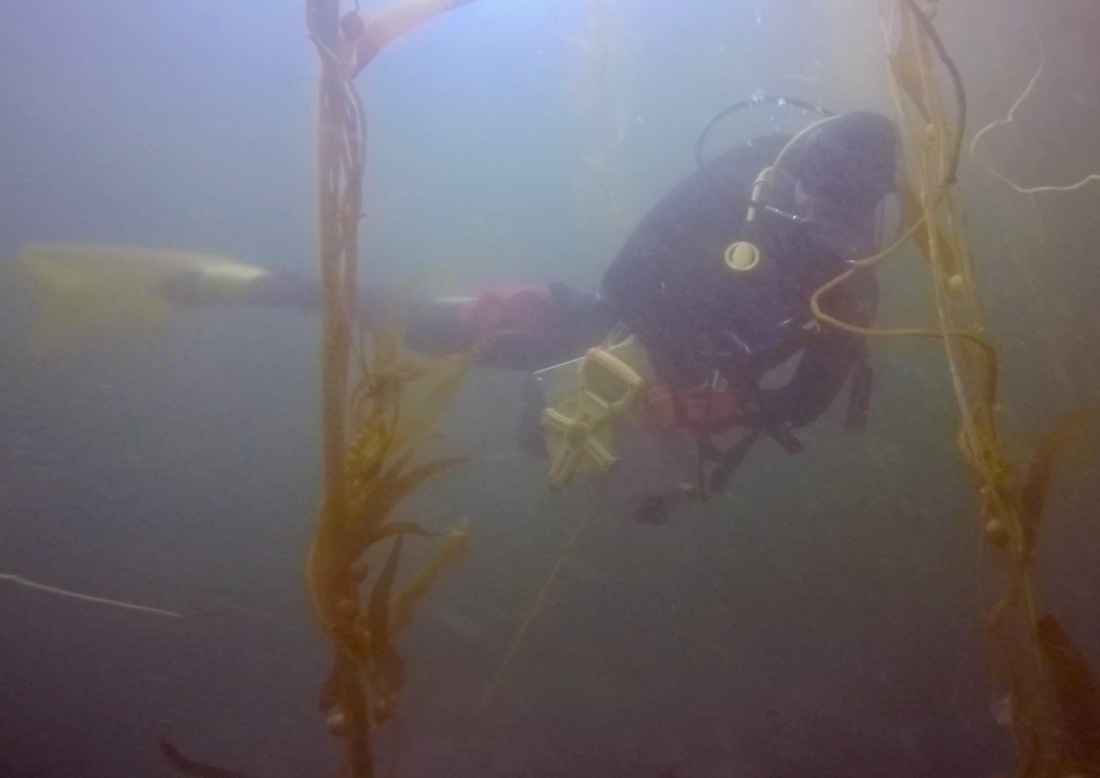
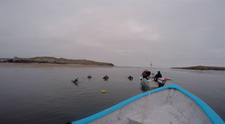

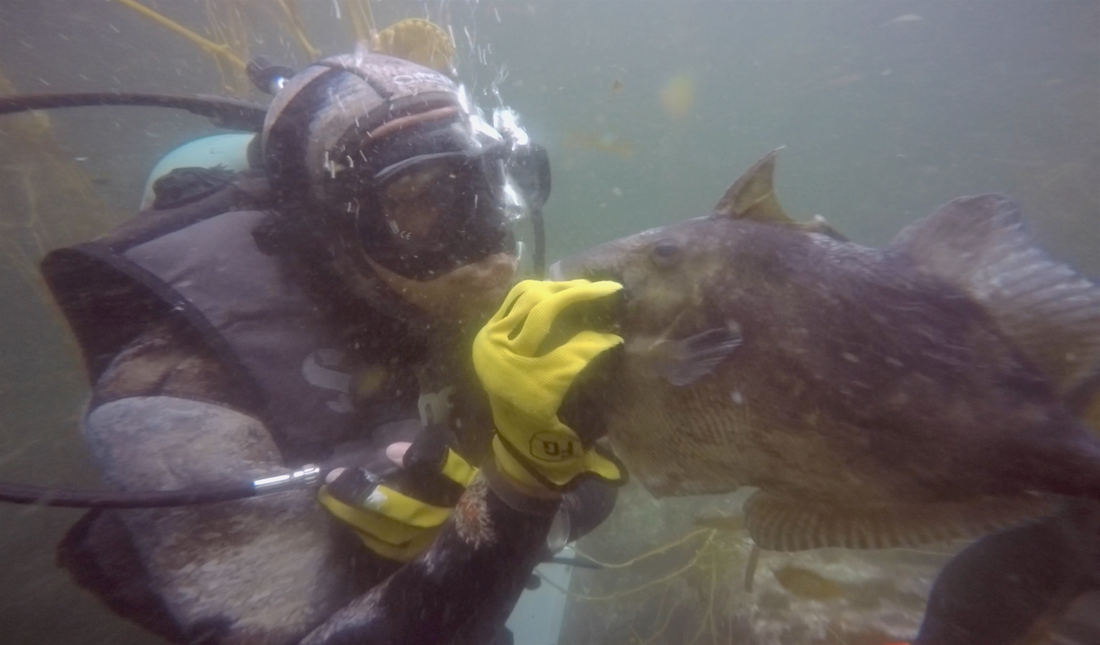
 RSS Feed
RSS Feed
